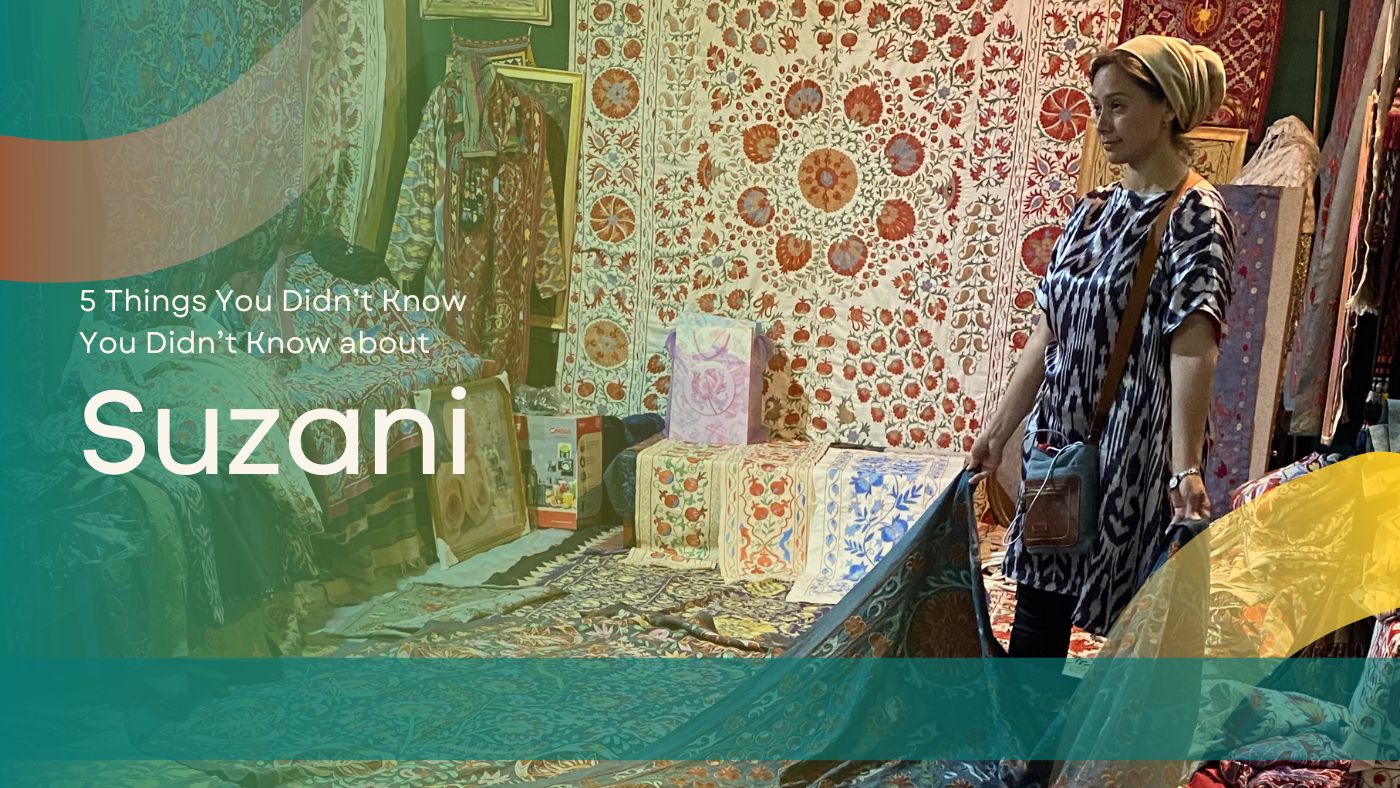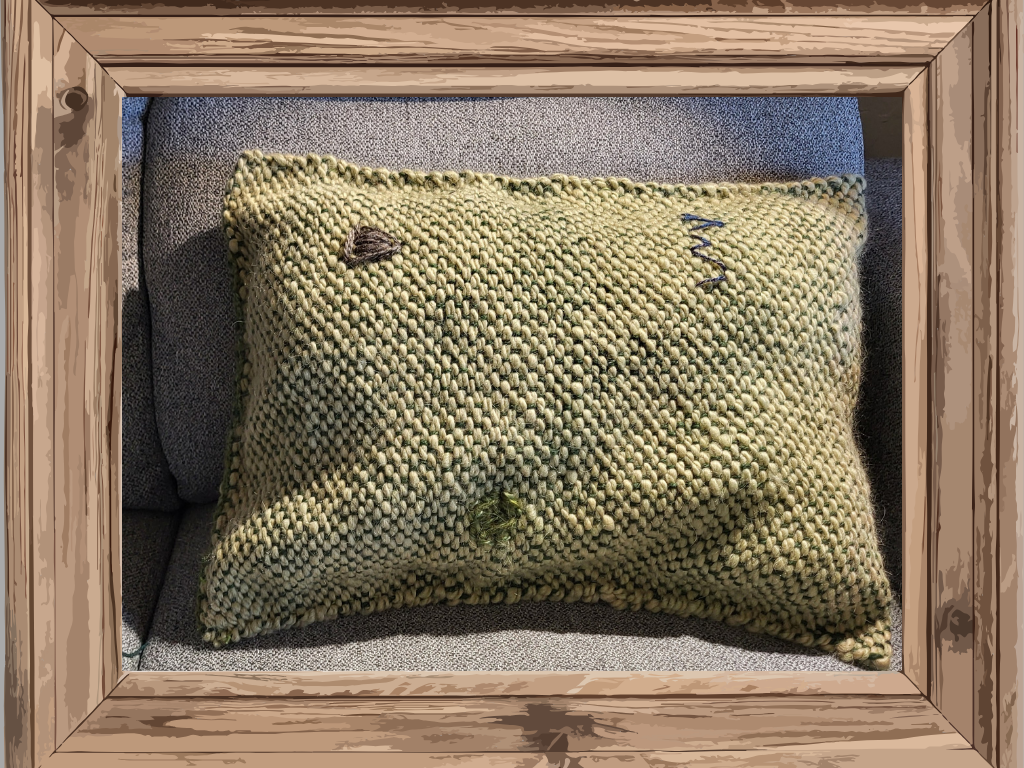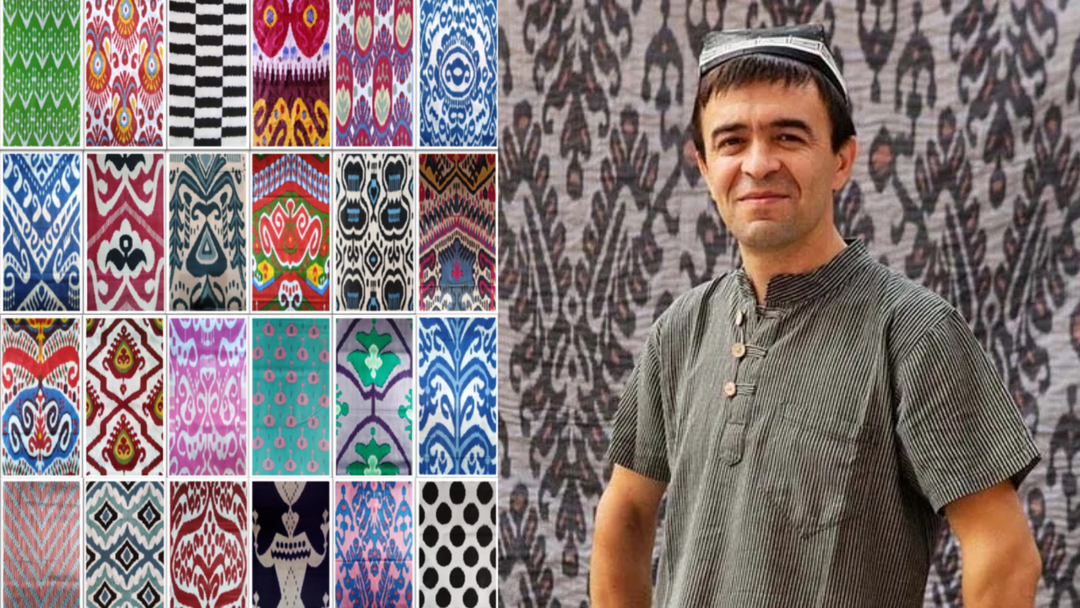1. “Suzani” Comes from the Persian Word “Suzan,” Meaning “Needle”
Even in Central Asia, the home of suzani, most people use the term “suzani” to refer to both the large embroidered tapestry-style panel and the style of embroidery used on the suzani tapestries. Technically, suzani only refers to the large tapestry (traditionally 2 x 3 meters or 3 x 4 meters in size). Wealthy families and aristocratic families commissioned larger very elaborate suzanis, many of which hang in museums in Central Asia and beyond.
The term "suzani" is derived from the Persian word "suzan," meaning needle. The Tajik language is closely related to the Persian/Farsi language. Tajiks and Persians report that there is about 90% overlap in vocabulary, and they have no difficulty understanding each other in oral communication. Farsi, however, is written with a modified Arabic script and modern Tajik is written with a modified Cyrillic script, so they can’t read each others’ writing.
2. The Suzani Tapestry Was Traditionally Used for Only a Short Period of Time at One Event
In traditional Central Asian culture, the suzani tapestry was hand-embroidered by the women in the family, beginning shortly after the birth of a daughter. On the daughter’s wedding day, family members would hold the suzani over the head of the bride and groom as they walked to their bedroom when they retired for the evening, to ward off the “evil eye.”
Afterwards, the suzani was then packed away and only brought out to be used for weddings of other brides or women in the matriarchal line. Eventually, it would be passed down to a daughter or granddaughter on the mother’s side.
Somewhere along the way, people (no doubt women) decided it was a waste of beautiful art to just leave that suzani packed away and began using it for home décor—wall decorations and bed covers.
3. “Suzani Embroidery” Comes in 2 Styles in Modern Central Asia
Today, there are two main techniques of “suzani embroidery” in Central Asia. The difference is not based on geographical or ethnic origin, but on the particular embroidery tools used.
Both Uzbekistan and Tajikistan are famous for their suzani work. Samarkand and Bukhara, Uzbekistan are probably considered the “Suzani capitals” of the world, which can cause a bit of resentment among Tajik embroidery artists. Most people don’t realize that ethnically and culturally, both cities are Tajik, not Uzbek. The confusion is understandable because modern Tajikistan and Uzbekistan were part of the same political administrative regions for many hundreds of years before they became separate “Republics” during Soviet times.
The main distinction between the most common form of modern Uzbek suzani embroidery and modern Tajik embroidery (as exemplified by our embroidery master, Munira Akilova) is the type of embroidery tool used.
Tambour Hooks Are Used in Uzbekistan.
Most modern Uzbek hand embroidery uses a tambour hook to “punch” through the fabric and form a continuous chain stitch. The speed of the tambour hook technique makes it possible to craft modern products like pillow covers that are completely covered in embroidery.

This technique is considerably faster than the older needle technique used by modern embroidery artists in Tajikistan.
Here’s a little video I captured during our fall 2022 visit to Central Asia of a young girl learning the tambour hook technique from her mother, a master embroidery artist in Tashkent, Uzbekistan.

Closeup of tambour hook embroidery (all chain stitch)

Munira Akilova surrounded by tambour-technique suzanis
and smaller home décor pieces in Bukhara, Uzbekistan.
Artists in Tajikistan Use the Traditional Needle Technique
In contrast, most hand embroidery in Tajikistan uses the traditional needle and thread. The most commonly used stitch in this embroidery, used for filling in larger patterns, is the “bosma” stitch. This stitch technique is very similar to the couching stitch used in “colcha” embroidery in New Mexico.

Closeup of “bosma” embroidery.
And here’s a little video that our embroidery master artist, Munira Akilova, recorded showing how the stitch is created. This video makes it look quick and easy. Participants in our latest suzani embroidery classes will tell you it’s definitely harder than it looks!
4. Suzani Patterns and Color Combinations Follow the River Valleys
The main suzani regions in Central Asia display distinctive patterns and color combinations, which generally follow the river valleys in the region that cross national borders. For example, the distinctive black, white and red pattern shown below is characteristic of the Zerafshan River Valley of northern Tajikistan which flows west to Samarkand and Buchara.



5. Traditional Suzani Embroidery Tapestries Left a Section Unfinished
The traditional wedding suzani always left a portion unfinished, as a symbol of the continuation of life into the new family, as well as a symbol of humility and protection from the evil eye. This lovely custom always reminds me of the Navajo weaving tradition of always leaving a mistake or deliberate imperfection, to honor the Gods, the only perfect beings. To learn more about the Navajo custom, check out this article.
Now, you know how to impress your friends and fellow suzani lovers with some of the cultural secrets behind this beautiful textile art.







Fascinating, Rikki. And they seem to start training the girls at such a young age. I can understand why your in-person and virtual tours are such a hit— you tell their stories so wonderfully!
Leave a comment